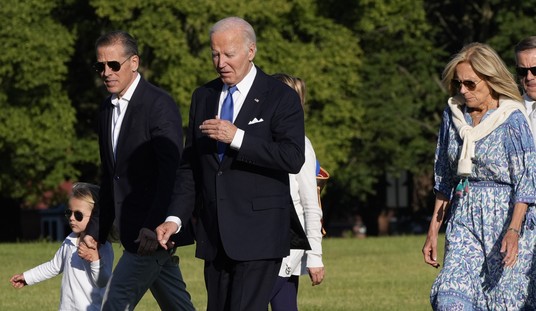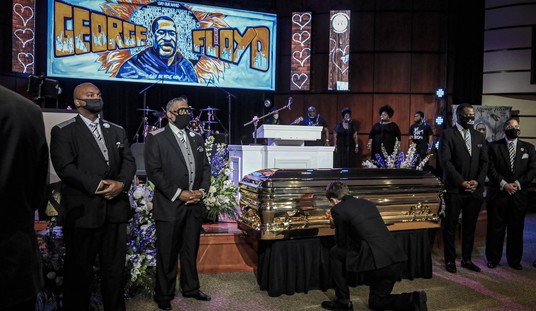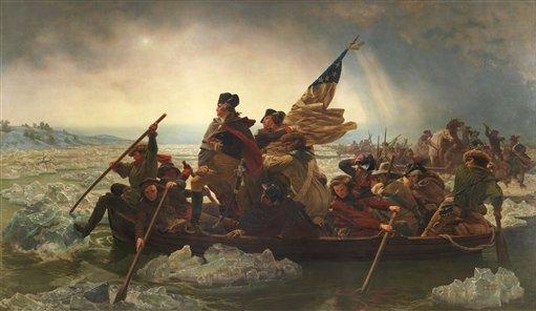
As is well known to any student of history, the Manhattan Project was the cover name given to the atomic bomb project during the Second World War.
However, in the finest tradition of American enterprise, there were other obstacles, unknown to most, between the successful production of a nuclear weapon and its peacetime application within the American arsenal.
So it is that we observe an interesting anniversary: on this date in 1946, the first U.S. Patent Office applications were filed for devices pertaining to the hydrogen bomb.
The process of patenting an atomic weapon was one that was naturally shrouded in secrecy. It wasn’t so much that an entire weapon would be patented since obviously, that would have detailed how it worked. That didn’t happen, and never would.
Rather, individual parts for the weapon were patented and for a very good reason. The United States government was very interested in post-war control over how the bomb was manufactured and most importantly, how it was controlled.
During the war, a man named Captain Robert A. Lavender was responsible for procuring patents for many of the completely unique inventions necessary to create a functioning nuclear weapon. After the war, in testimony to Congress, he explained why this was important:
“I knew that as soon as the bomb went off there would be a great deal of speculation among various scientists and others, engineers, who had not been connected with the project. I knew that a great many applications would be filed in the Patent Office, so I was interested in having filed in the Patent Office these applications, so that if any applications were filed and we got into interference, the Government would not be suffering the handicap of being the second one to file.”
So it was that Lavender’s team produced 5,600 reports for over 2,100 patentable inventions pertaining to the bomb.
In short, the concern was that if the scientists who worked on the bomb patented their processes before the government, they might try to control how their inventions were used after the war.
For an example of how some of these patents looked, we can review the research work of Alex Wellerstein. The Harvard graduate student researched the process by which atomic bomb patents were obtained — and the process by which patent requests were kept secret.
Vannevar Bush, the scientist and administrator who headed the U.S. Office of Scientific Research and Development, realized this would be a very difficult task. If patent applications became public, it would be announced to the world that the United States had an atomic bomb program, which would defeat the entire idea of secrecy. Read how he handled the problem here.
Wellerstein’s work, which can be read in its entirety here, showed how Bush’s thinking, and the government’s, regarding atomic patents changed during and after the war. But the important point — the secrecy of the components of the atomic bomb — were kept secret.
As such, a process was already in place for the patenting of parts for the H-bomb, which was invented by Edward Teller in 1951.
Enjoy today’s open thread!













Join the conversation as a VIP Member